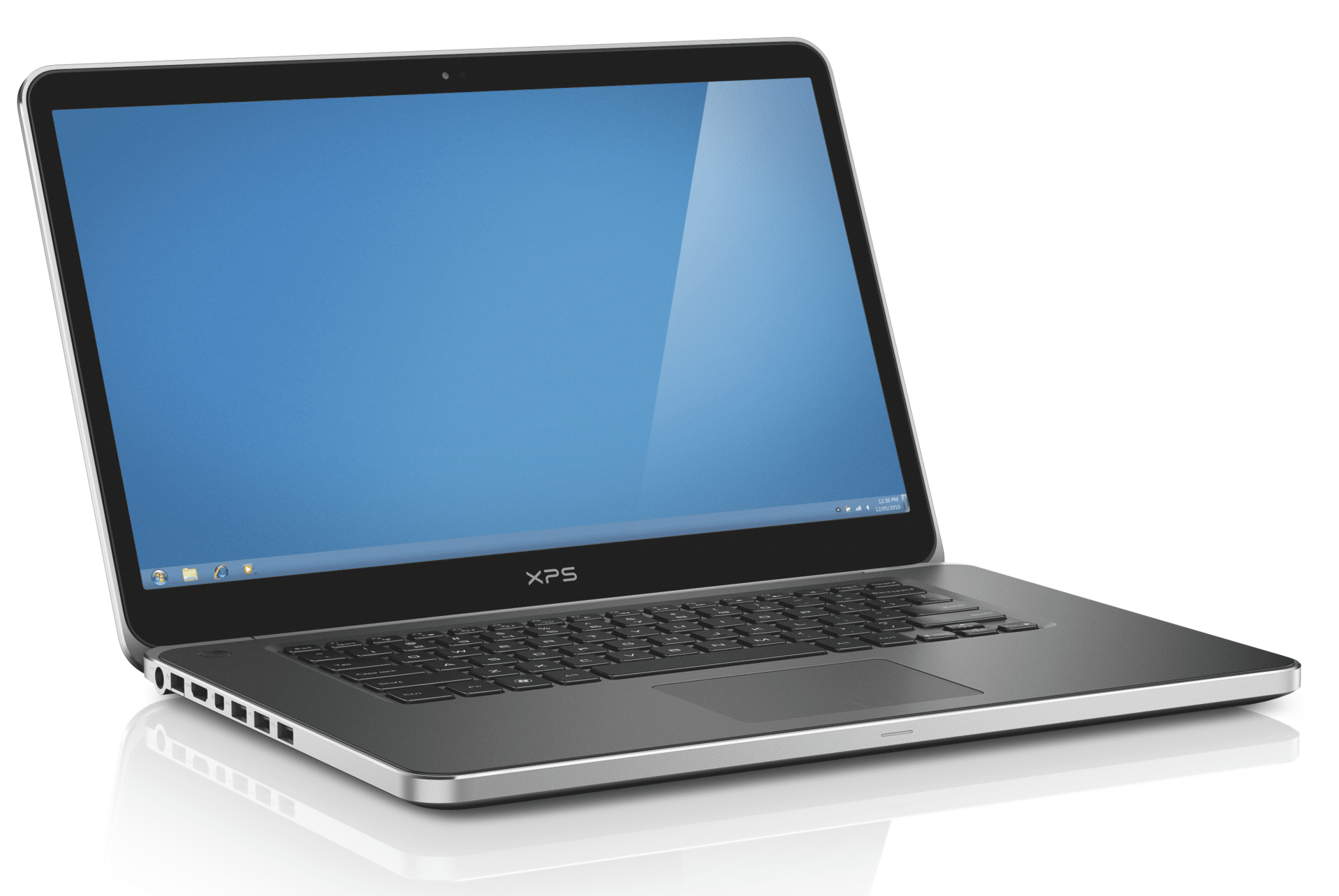12
If your laptop won’t start up, there could be numerous causes. There are simple solutions for the most common problems.
Laptop won’t start up: How to find the fault
If your laptop won’t start, you should first try to find out what’s causing the problem.
- Remove the battery (if possible) from the laptop and then reinsert it. Also check whether your power supply is still working or whether it is damaged. But be careful: do not use any power supplies other than your own to charge your computer. After many years of use or in the event of a power surge, the battery may fail.
- If the laptop starts up but the screen remains black, the display may be defective or the connection to the display may be faulty. To check this, connect an external screen to your laptop and restart it.
- If you hear beeping sounds, these are being sent by the BIOS. This list of BIOS beep codes will help you identify what the computer is trying to tell you.
- If a piece of hardware that is necessary for startup is defective, it cannot be easily detected on a laptop. In this case, you will need to have it checked by a specialist.
- Run a RAM test using the integrated “Windows Memory Diagnostic Tool.” You can start this by entering “mdsched.exe.” The PC will restart and check the RAM for errors.
- To check the hard drive, we recommend using the “CrystalDiskInfo” tool, which displays the status of your HDD or SSD.
- You can detect temperature problems with tools such as “HWMonitor,” which displays the heat development of the CPU, GPU, and other components in real time. Overheating can cause startup problems.
Laptop won’t start: Possible solutions
Try the following to start your laptop:
- If the problem is with the hardware or software, you can try starting Windows in safe mode. This will only use the most essential hardware and software.
- In Windows 10 and 11, you can access Safe Mode by interrupting the startup process three times in a row: Start the laptop and turn it off again before the Windows logo appears. After the third time, the “Windows Recovery Environment” appears, where you can select Safe Mode via “Troubleshoot” ☻ “Advanced options” ☻ “Startup settings.”
- If the problem is with the Windows operating system, you can repair it by inserting the original Windows CD. If you no longer have this, you can also restore Windows without a CD.
- If Windows is stuck in a repair loop, you can use the recovery console to delete the file C:WindowsSystem32LogFilesSrtSrtTrail.txt to force a restart. Alternatively, you can repair the boot configuration database (BCD) using the command bootrec /rebuildbcd in the command prompt.
- In the BIOS or UEFI, check whether “Secure Boot” is enabled. If you encounter problems, it often helps to disable this feature on a trial basis or reset the BIOS to its factory settings (“Load Setup Defaults”). A BIOS update may also help if compatibility issues arise with new Windows versions or after hardware changes.
- If the laptop no longer boots after a Windows update, the Fast Startup feature may be to blame. Disable this under “Control Panel” ☻ “Power Options” ☻ “Choose what happens when the power button is pressed.” Uncheck the box next to “Enable Fast Startup.”
Laptop won’t start up: Save data as a last resort
If the above solutions do not work, back up your data. If you were able to access the BIOS in the previous step but Windows would not start, you may still be able to recover your data using a free small operating system, which you will first need to burn to a CD.
- Download the free Knoppix operating system on another PC with a CD/DVD drive. It is only 700 MB in size and therefore fits perfectly on a normal CD.
- Now the downloaded ISO file must be burned to a blank CD. If you already have burning software installed on your PC, you can use it.
- Otherwise, download “CDBurnerXP.” Once installed, it will start automatically. Click on the “Burn ISO image” button and then on the “Browse” button in the new window. Select the downloaded ISO file. Finally, you can create the CD by clicking on the “Burn medium” button.
- Insert the CD into the laptop that no longer starts and boot it up. “Knoppix” will start automatically. After about three to five minutes, you will have an operating system that is relatively similar to Windows. You can now back up the data from your hard drive to a USB stick or external hard drive.
